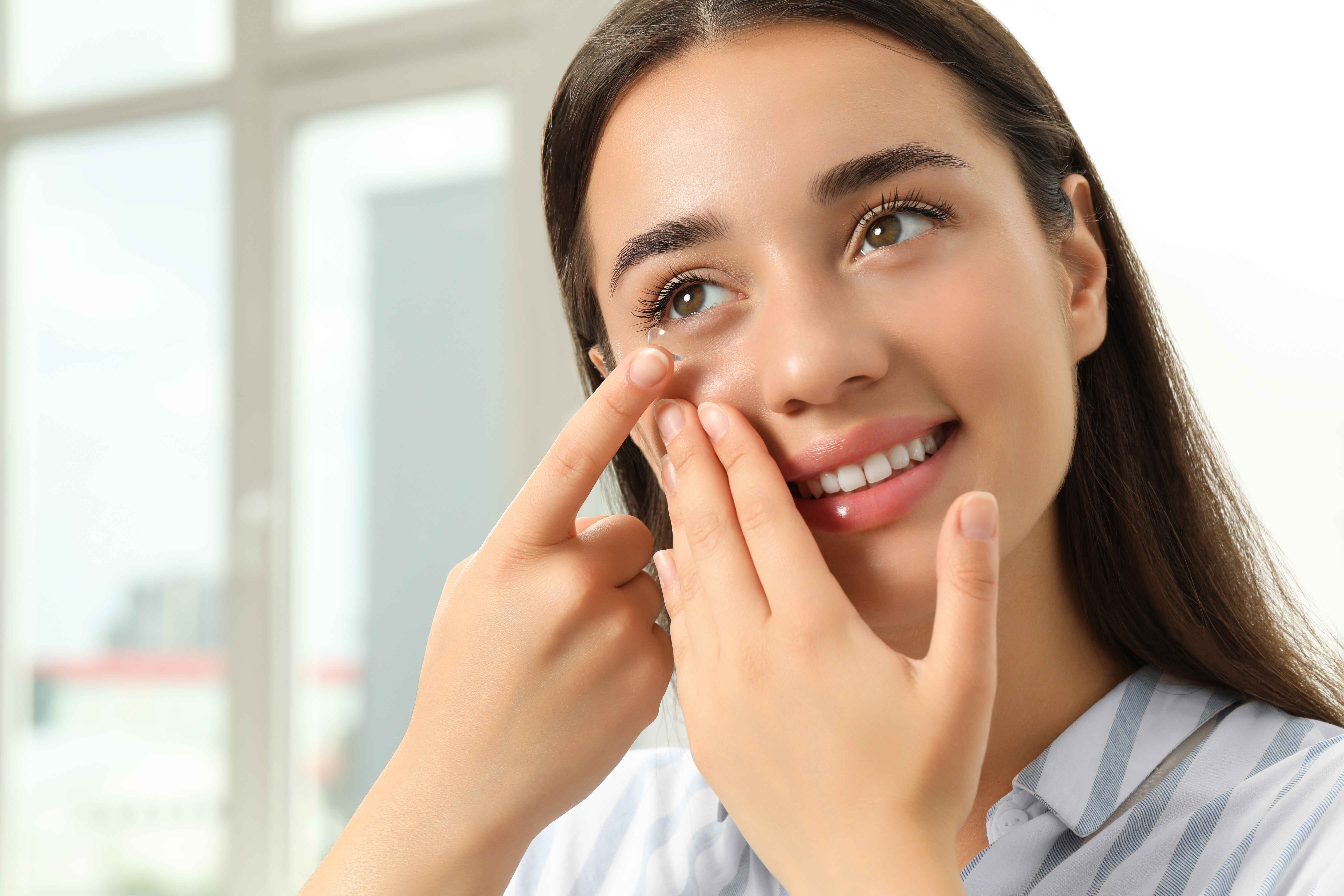Table of Contents
Children and teens can benefit from wearing contact lenses, especially if they practice sports or feel self-conscious about their appearance.
However, contacts for kids can lead to hygiene-related challenges in the classroom. As a teacher, you can educate your students about caring for their contacts properly and create an environment that supports eye health.
Educating Students About Hygiene
Most contacts for kids are daily disposable lenses that require little care other than proper hand washing before inserting or removing them. It can help your contact-wearing students to review eye-care hygiene and discuss how bacteria can cause eye infections, which result in more than a million doctor visits each year.
If some of your students wear monthly lenses, encourage them to read the manufacturer’s instructions, or review these guidelines with them. Monthly lenses typically have to be stored in a cleansing solution and may require a wearing schedule to prevent discomfort.
You should also periodically remind students that contacts for kids should feel comfortable. If a student experiences discomfort, it’s best to remove the contacts since there might be debris trapped under the contact, a scratch on their eye, or another contact-related issue.
Contacts for Kids: Creating a Supportive Classroom Environment
Encourage students to wash their hands and care for their contacts by implementing a few simple changes to your classroom:
-
Allow students to carry a contact lens case and a small bottle of lens solution with them at all times.
-
Students should have access to a sink where they can wash up to avoid getting dirt or contaminants from their hands into their eyes.
-
Spruce up this area with a mirror and proper lighting to make contact insertion easier.
-
Allow students to take breaks if needed to remove or insert their contacts.
-
Invest in some optical hand soap. These soaps are free from moisturizers that can stay on the skin and end up irritating the eyes.
-
While hand sanitizer is important for a healthy classroom environment, remind students to thoroughly rinse and wash their hands after using hand sanitizer since the alcohol can be painful if it comes in contact with the eyes.
Accommodating Students’ Needs During Classroom Activities
Create a positive classroom environment where students feel comfortable taking breaks if they experience discomfort with their contacts (or any other issues).
It can take a while to get used to wearing contacts or eyeglasses, and letting students know they can take breaks if they need to rest their eyes will improve the transition. You can also give students more time to complete assignments, offer alternative activities that don’t involve screens, or make audio or large print materials available.
You should also encourage students to discuss their concerns with you so you can implement new accommodations as needed.
Communicating With Parents or Guardians
With myopia affecting as many as 30% of teens, vision health is a topic you should broach with parents and guardians.
You can ask parents to provide a backup pair of glasses in case a student has a problem with their contact lenses. You should also discuss each student’s eye care needs with their parents or guardians and work together to find accommodations.
Stay in touch with parents and communicate any concerns you have about a student’s eye health. For instance, if a student struggles with inserting their contacts, it’s beneficial to inform their parents. This way, they can offer support at home or guide you on how to best assist your student. you could let the parents know that eyeglasses might be a better fit.
Support Eye Health in Your Classroom With VCD
As a teacher, you can help improve eye health in your classroom by educating students about contacts for kids, how to care for them, and the importance of hygiene. You should also offer necessary accommodations, such as a hand-washing station and frequent breaks from screens.
These tips will promote student well-being and encourage an open dialogue with kids and their parents so you can better understand how to create a supportive classroom environment.
Check out additional resources from Vision Care Direct of Oklahoma to learn more about eye health, and let families know about our affordable vision care plans if you suspect a student might need contacts or eyeglasses.





















































